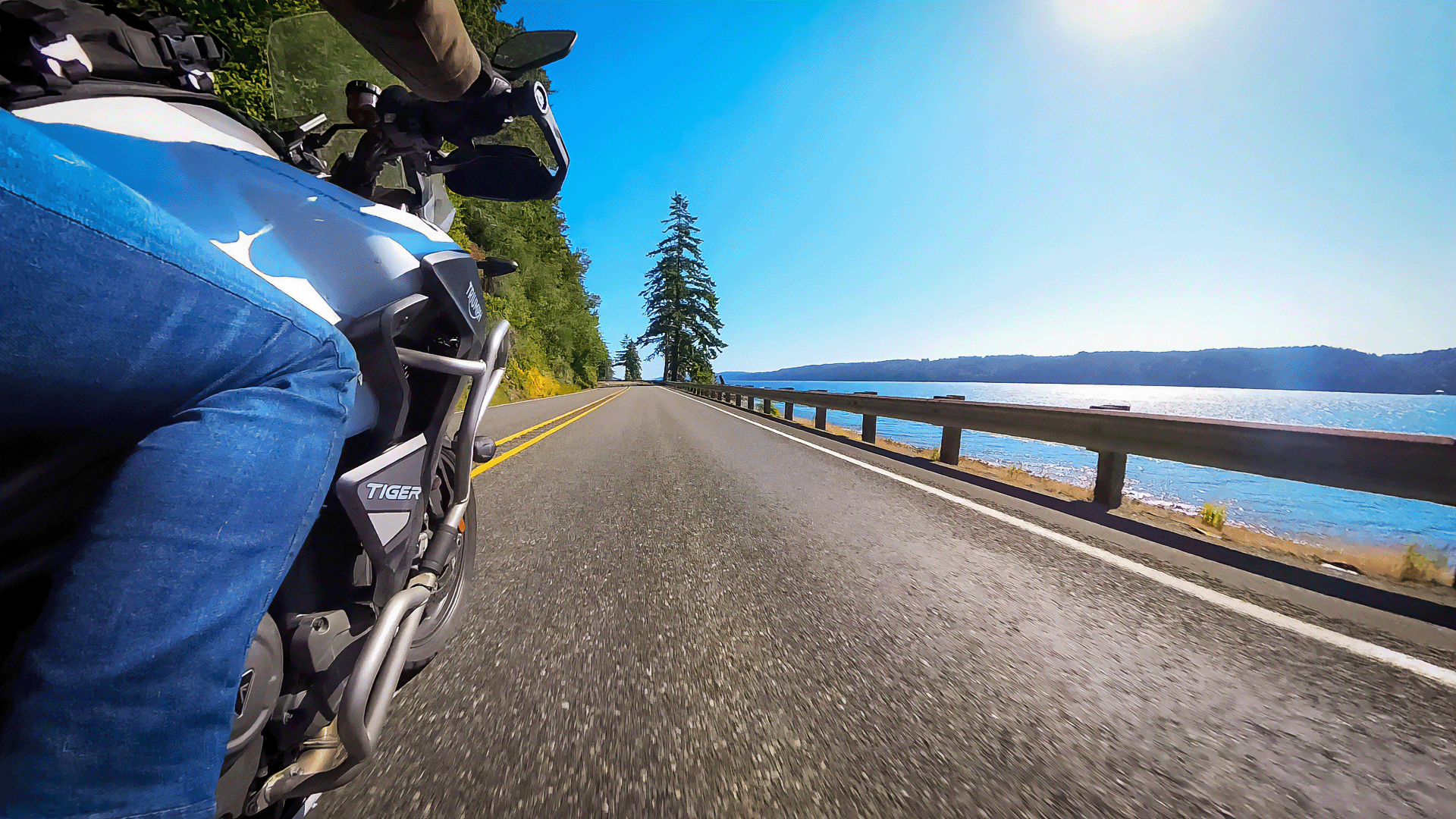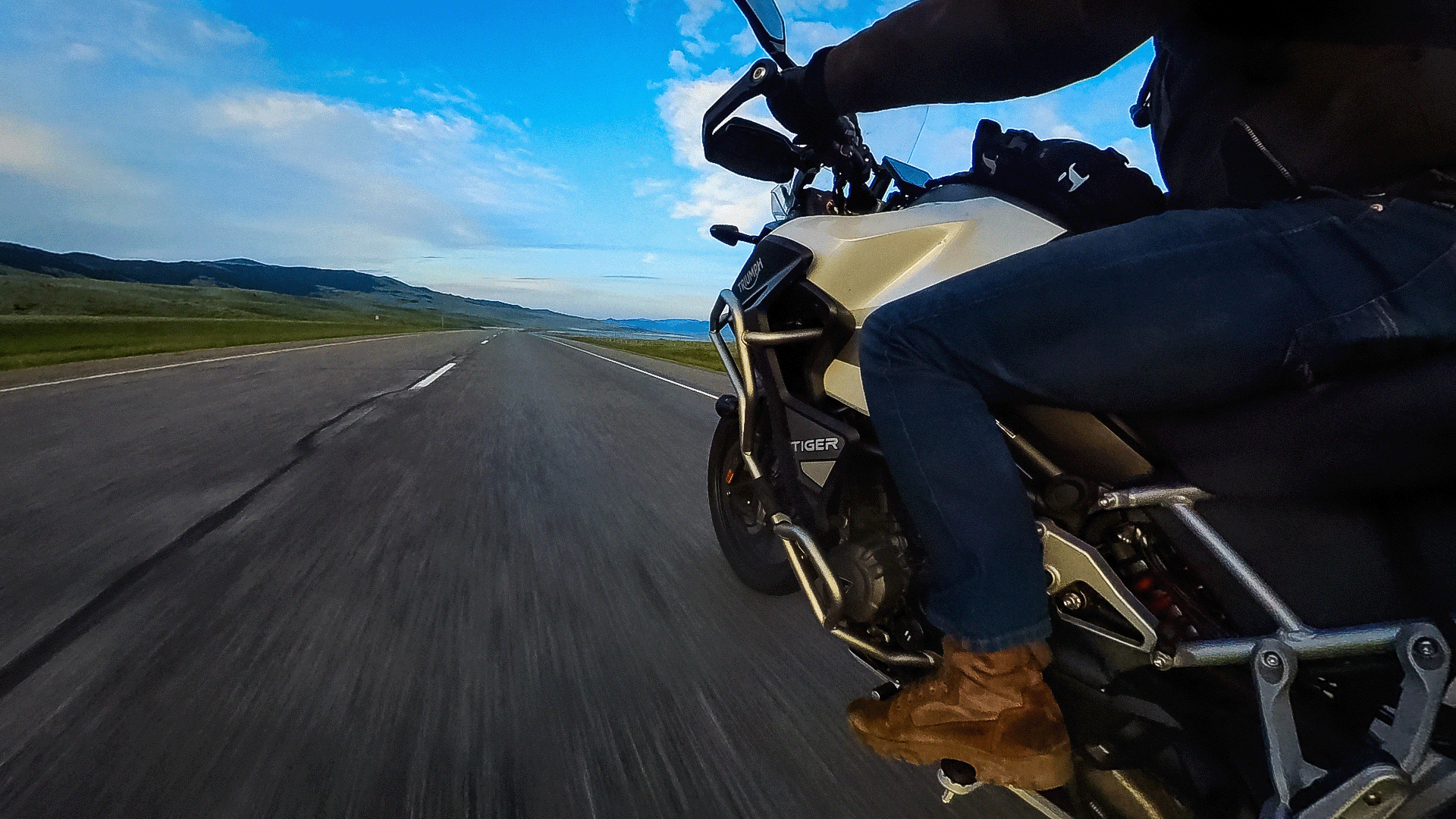360 Cameras
Everyone travels for their own reasons. Some do it to see distant family. Some do it to escape daily routines and relax. Others do it to explore or thrill seek. And there’s a lucky few who do it because their jobs demand it. Whatever the reason for the journey, a near universal constant is the need to share the experience afterwards. At first, this was done by writing in journals or diaries. Now, it’s by sharing photographs. After all, a picture is worth a thousand words.
In my earlier trips, I used to carry a heavy DLSR camera, a tripod, and multiple lenses and filters. The equipment was bulky, slow to setup, drew attention, and only occasionally did I get the shot I wanted. More than once did I lose a night of sleep in a public space, concerned that my expensive gear would be stolen.
I’ve changed my approach over the years, as technological improvements produced higher quality cameras in smaller packages, allowing me to reduce the amount of stuff I bring. Less stuff means less setup time, which means more time enjoying my travels while still getting acceptable shots.
When I first heard of 360-degree cameras, I was torn. I loved the idea of the versatility they offered, but was the quality there? How would I handle the complex processing the cameras need while on the road? Despite the hesitation, my curiosity urged me forward and I purchased the Nikon KeyMission 360.
One of the unique challenges of shooting with a 360-degree camera is developing an awareness that goes beyond the traditional rectangular frame. I had to train myself to consider not only what lay directly in front of me but also what surrounded me in every direction. To someone like myself, who’s always preferred being behind the lens instead of infront, it’s as much a curse as it is a blessing.
Despite being from Nikon, I wasn’t impressed. Colors were bland and the stitching between the two lenses left a lot to be desired. Combined with the inability to avoid being in the shot, the camera’s mostly sat on my shelf since, pretty much unused since I bought it.
A few years later I was tempted by the Insta360 One X. A smaller camera, with better colors and smoother stitching, it looked to solve my technical concerns. I’d just have to get over being camera shy.
I took it to visit the USS Arizona Memorial, and easily captured images that I couldn’t have gotten any other way. And, with an extra-long selfie stick that the camera made vanish, I could mostly blend in with the crowds around me. Just another tourist taking in the sites.
Again, time passed and technology improved and the newest of the Insta360 cameras looked to be an even better piece of kit. I purchased it, and used it as the primary camera on my most recent motorcycle trip. The ability to simply stick the camera somewhere without worrying about its alignment was freeing, knowing I could simply “fix it in post”. No longer was I concerned about camera placement. I could simply attach it to a selfie stick, point my arm somewhere, and a get a shot. And if I didn’t like the result, I could reframe it until I got something I did like.
Despite the years of evolution, I still prefer the quality of a dedicated camera. A 360 camera may never replace one for professional stuff, but it has its place. Usually, it’s somewhere that dedicated camera can’t reach.
From left to right: the Insta360 One X, Insta360 X3, and Nikon KeyMission 360




